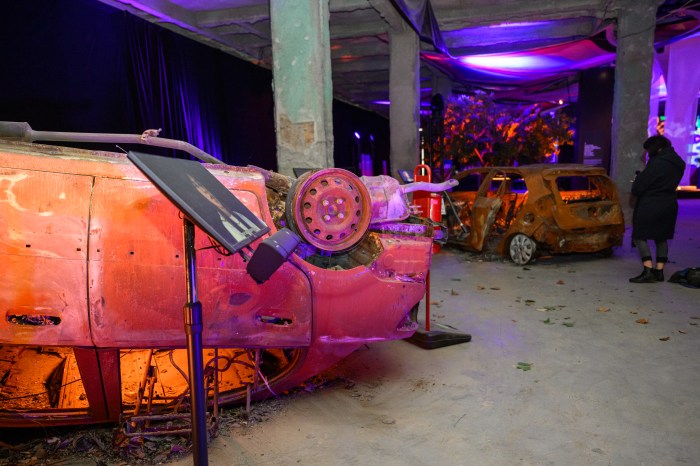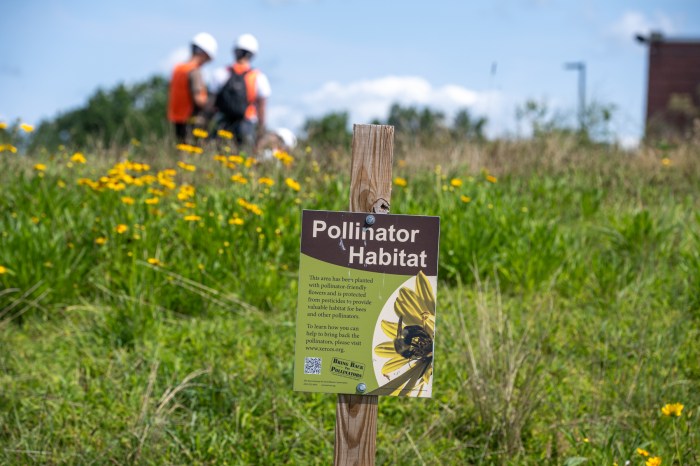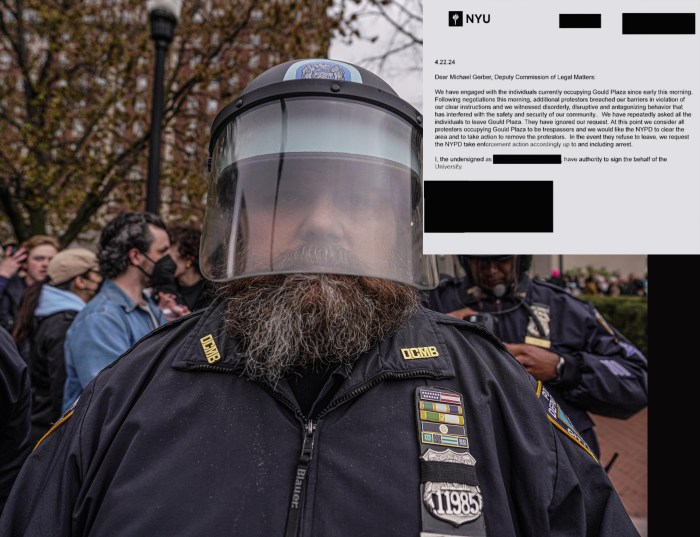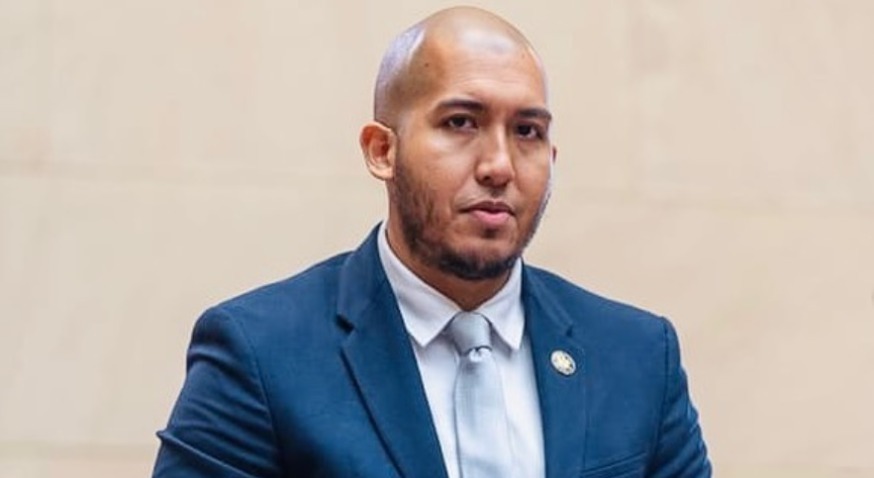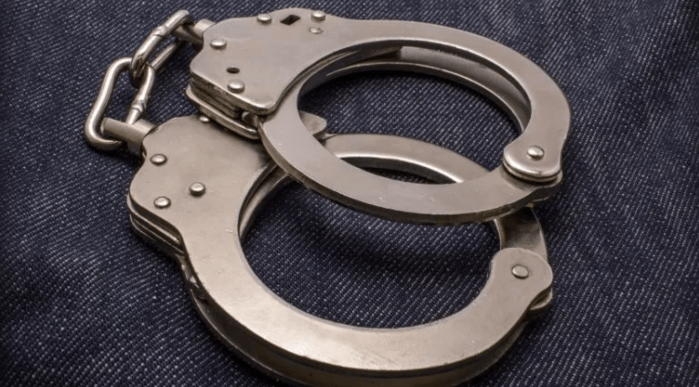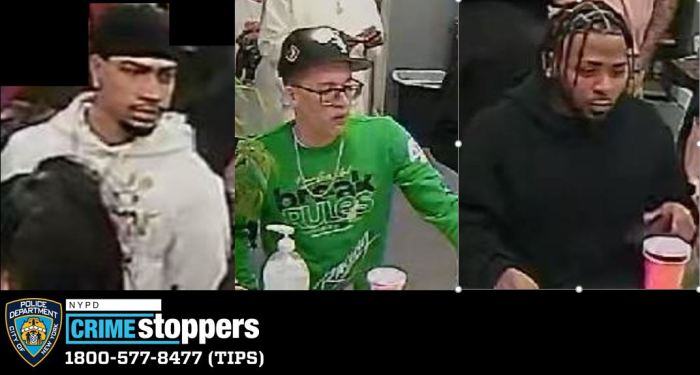BY TERESE LOEB KREUZER | The view of Canal Street from the elegantly planted roof of 250 Hudson St., where Edelman Public Relations has its offices, showed the usual gridlock on the evening of Wed., Oct. 10, as cars crawled their way toward the Holland Tunnel. It also showed the dodgy options for pedestrians trying to cross Canal and Hudson Streets.
However, at a press conference staged at Edelman, the staff and board members of the Hudson Square Connection Business Improvement District (BID) presented a rosy vision of the future neighborhood featuring pedestrian-safe streets, lighting, benches and greenery for the commercial district that lies between Soho, Tribeca and the West Village.
The BID hopes to raise much of the funds needed to implement its plans for new lighting and seating, new signage, street modifications and extensive plantings by issuing bonds.
“We are here to unveil our five-year, $27 million streetscape plan called ‘Hudson Square is NOW,’” announced Laura Walker, chair of the Hudson Square Connection’s board of directors.
The Hudson Square neighborhood was formerly a center for printing businesses, most of which have moved out of the city. The BID is bounded by Canal Street on the south and West Houston Street on the north, and extends from Sixth Avenue on the east to Greenwich Street on the west. It includes the Holland Tunnel, through which 35 million vehicles pass each year.
Hudson Square is currently home to more than 1,000 businesses and approximately 2,500 residents. An estimated 50,000 people work there, study there or visit.
In July 2010, the Hudson Square Connection issued a Request for Proposals for the development of a comprehensive streetscape improvement plan. In November 2010, the BID selected a team led by Mathews Nielsen Landscape Architects.
There are five major components to the plan. A priority will be to transform Spring Street, which connects Hudson Square with the waterfront, into the district’s main street. Plans include erecting new lighting fixtures on the main street and lining it with trees.
A bleak triangle called Soho Square, which runs between Sixth Avenue and Little Sixth Avenue, is slated to be enhanced with benches, new lighting and trees. It would also be equipped with permeable surfaces designed to absorb rain water and keep it from flooding the sewers and rivers during heavy storms.
Varick Street, a major north-south artery in the district with traffic lanes that feed into the Holland Tunnel, would be provided with benches, high-visibility crosswalks and in-ground solar lights to aid nighttime pedestrians. There are also tentative plans to create a planted median separating tunnel-bound traffic from through-traffic to give pedestrians a place to pause as they cross the wide, congested street. Because of subway infrastructure, vegetation requiring significant soil cannot be planted on this street. Instead, the architects have come up with custom-designed poles that can support vines.
The scheme for Hudson Street entails transforming it into what the planners refer to as a “grand allée,” with a double row of trees and space for tables and chairs along a widened sidewalk. Each of these “outdoor living rooms,” as the designers call them, would be surrounded by greenery. Bicyclists and pedestrians would be protected from Hudson Street’s heavy traffic by buffered bike lanes.
In addition to these plans, which are specific to certain streets, the entire neighborhood would be spruced up with greenery, comfortable places to sit and public art.
Ellen Baer, president of the Hudson Square Connection, said of the planned bond issue, “We’ll know a little bit better once we go to market exactly how much we’re going to raise.” The balance of the $27 million, she said, would come from the city.
But even without all of the necessary money in hand, Baer said that the BID could embark on its streetscape improvement project. “Each component stands on its own,” she said, “so as we get the money, we’ll be able to build the various components of the project.”
The city, she said, is “very interested” in the multi-pronged proposal. However, she added, “There are public approvals we still have to get, mostly from the Department of Transportation, the Public Design Commission and other entities that have to approve anything that goes on public land.”
For starters, the BID has begun to install seating and bike racks around the neighborhood. The group has also already installed 11 benches and two pedestrian plazas near the entrance to the Holland Tunnel to give pedestrians protection and respite. “We talked to the city about things we wanted to do,” she said. “They have available programs and we asked them if they would apply them here, and they did. The city has already planted a couple of dozen trees.”
The Hudson Square Connection was created in 2009 as a non-profit funded through business assessment fees at the rate of 19 cents per commercial square foot. Its 2010-2011 budget was roughly $1.7 million.
The European history of the area dates from 1705 when Queen Anne of England granted 215 acres to Trinity Church to create a farm that would help finance the new parish. Today, Trinity, one of the city’s largest landowners, still owns 15 acres of its original land grant. In what is now called Hudson Square, the parish controls six million square feet of real estate, and is currently attempting to get the neighborhood rezoned for residential development.










